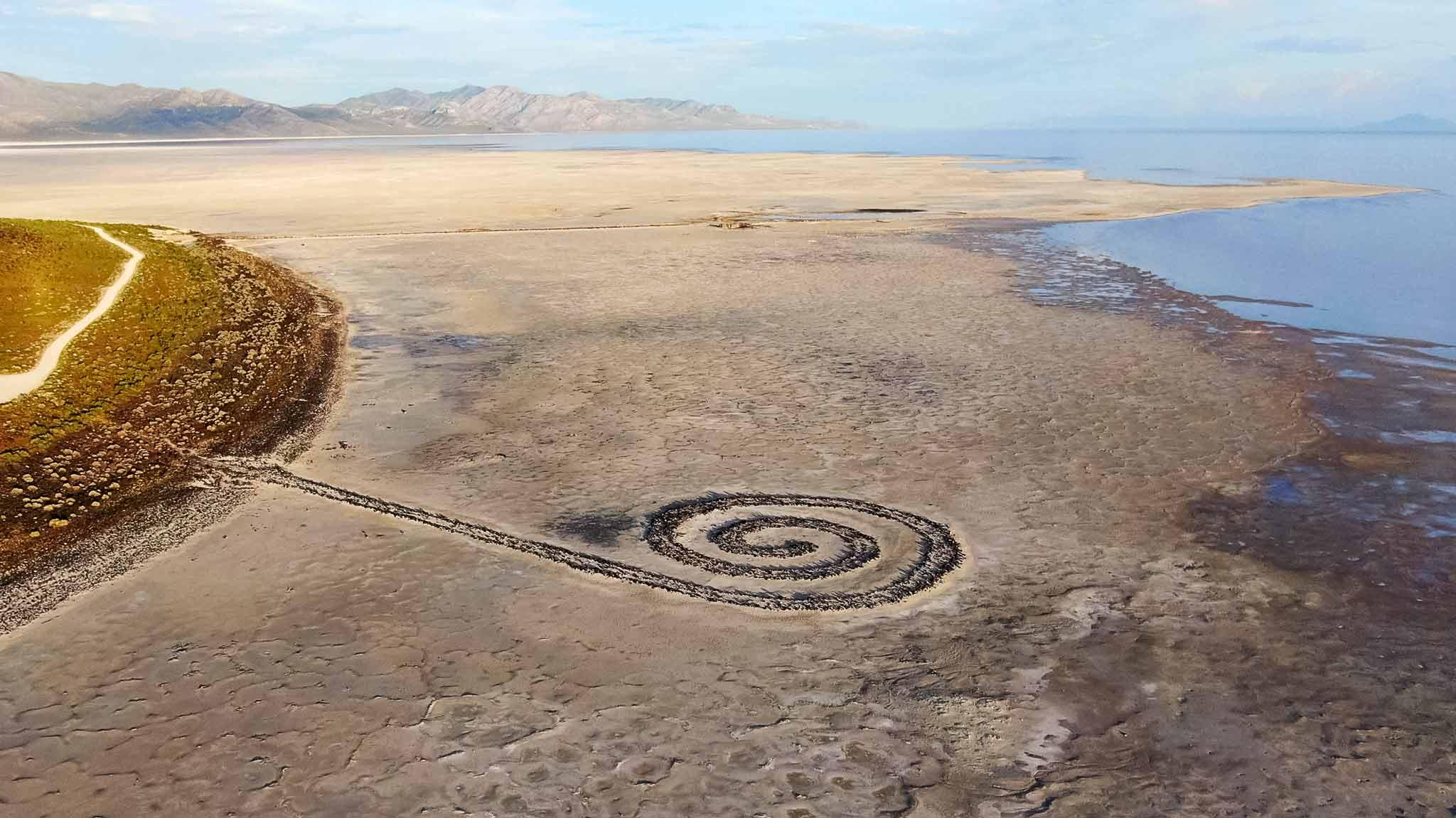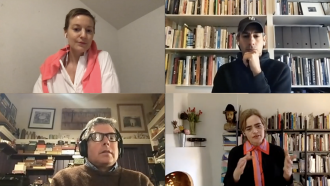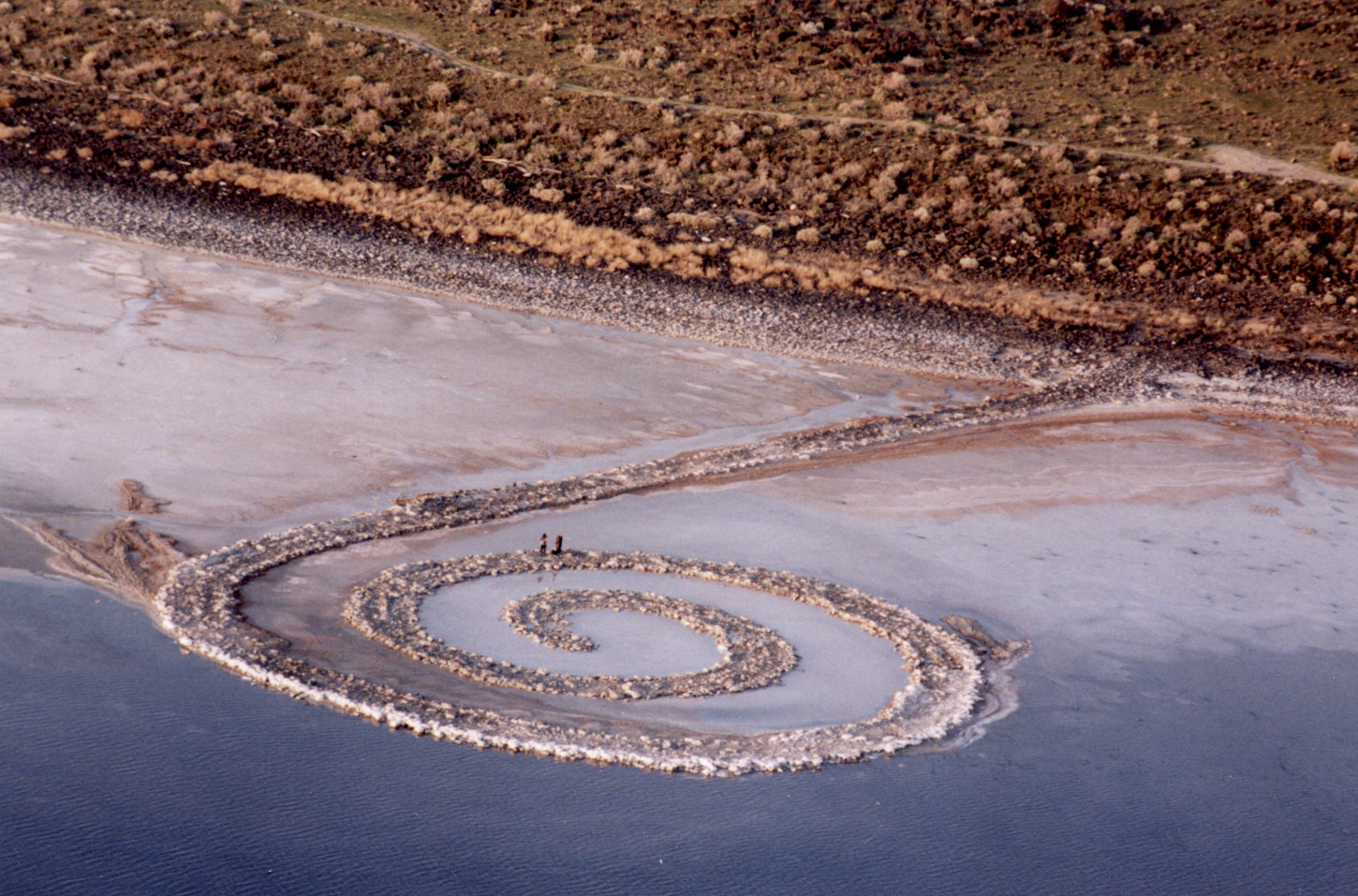

The enthusiastic consumerism of pop art gives way to the romance of land art just as pop gives way to psychedelic country rock at the end of the 1960s.

In the year Smithson made Spiral Jetty, Joni Mitchell recorded her eco-pop classic Big Yellow Taxi and Neil Young released his melancholic rustic musings on After the Goldrush.Īfter the Goldrush – it says it all. In 1967, Bob Dylan and the Band were recording raw folk-rock in a retreat near Woodstock. By the later 60s, hippy culture was embracing nature.

In these early works up to 1964, Smithson is an ironic consumer of big-city pleasures. Smithson emerges here as a character of his time, deeply involved in the 60s cultural revolution that embraced hedonism, personal freedom and what Andy Warhol called “all the great modern things”. How did the artist who drew these fantastic New York frolics become a maker of monuments in the wilderness? These hilarious, superabundant works of art are like a lusty marriage between Robert Rauschenberg’s silkscreen montages and Robert Crumb’s explicit comic books. A photo of the Medici Venus poses among sketches of bikers Giorgione’s Reclining Venus basks nakedly at the heart of a psychedelic starburst Native American warriors are juxtaposed with women in stockings. The colourful pop art in the new exhibition mixes collage and drawing, desire and decoration. Smithson was to become a romantic of American nature, but he began as a very urban artist who pastiched porn and mocked Americana. His first works are dazzling, comic, riotous cartoons of sex and symbolism. Robert Smithson started out as a pop artist on the art scene in early 1960s New York. Photograph: Adam Reich/© Holt-Smithson Foundation/VAGA/James Cohan This neo-primitivism lives on in art, from James Turrell’s continuing bid to turn Roden Crater in Arizona into an astral observatory (or temple) to Olafur Eliasson’s current efforts to place 12 huge lumps of Arctic ice in the heart of Paris. It also has forebears in the Americas, from the Nazca lines of Peru to Ohio’s Serpent Mound. Its mysterious marking of the landscape deliberately resembles the prehistoric architecture of neolithic Britain, the banks of Avebury and sarsens of Stonehenge. When Smithson built Spiral Jetty, he reinvented the stone age. This modern monument in the middle of nowhere (for years it vanished under the lake, only to resurface in recent decades to actually see it is an epic quest) is one of the very few artworks of our age that most people would instantly and unerringly call a masterpiece. In 1970 he created Spiral Jetty, a snail-like coil of heaped stones that extends far out into the Great Salt Lake in Utah. Robert Smithson is one of the most enigmatic artists of the late 20th century. The film was shot by Smithson and his wife Nancy Holt, and funded by Virgina Dawn and Douglas Christmas. In 1970 during the construction of the jetty, Robert Smithson wrote and directed a 32-minute color film, "Spiral Jetty". He began work on the jetty in April 1970. Spiral Jetty was the first of his pieces to require the acquisition of land rights and earthmoving equipment. When Smithson was nine his family moved to the Allwood. In Rutherford, William Carlos Williams was Smithsons pediatrician. Smithson was born in Passaic, New Jersey and early on lived mostly in Rutherford. It is reported that Smithson had a difficult time convincing a contractor to accept the unusual proposal. Robert Smithson (Janu July 20, 1973) was an American artist who used photography in relation to sculpture and land art. To move the rock into the lake, Smithson hired Bob Phillips of Parson's Construction of nearby Ogden, Utah, who used two dump trucks, a large tractor, and a front end loader to haul the 6,650 tons of rock and earth into the lake. While observing the construction of the piece from a helicopter, Smithson reportedly remarked "et in Utah ego" as a counterpoint to the famous pastoral Baroque painting et in Arcadia ego by Nicolas Poussin. Smithson was attracted to the Rozel Point site because of the stark anti-pastoral beauty and industrial remnants from nearby Golden Spike National Historic Site, as well as an old pier and a few unused oil rigs. The red hue of the water is due to the presence of salt-tolerant bacteria and algae that thrive in the extreme 27 percent salinity of the lake's north arm, which was isolated from fresh water sources by the building of a causeway by the Southern Pacific Railroad in 1959. Smithson reportedly chose the Rozel Point site based on the blood-red color of the water and its connection with the primordial sea.

The water level of the lake varies with precipitation in the mountains surrounding the area, revealing the jetty in times of drought and submerging it during times of normal precipitation. Built on the northeastern shore of the Great Salt Lake near Rozel Point in Utah entirely of mud, salt crystals, basalt rocks and water, Spiral Jetty forms a 1,500-foot-long (460 m), 15-foot-wide (4.6 m) counterclockwise coil jutting from the shore of the lake.


 0 kommentar(er)
0 kommentar(er)
